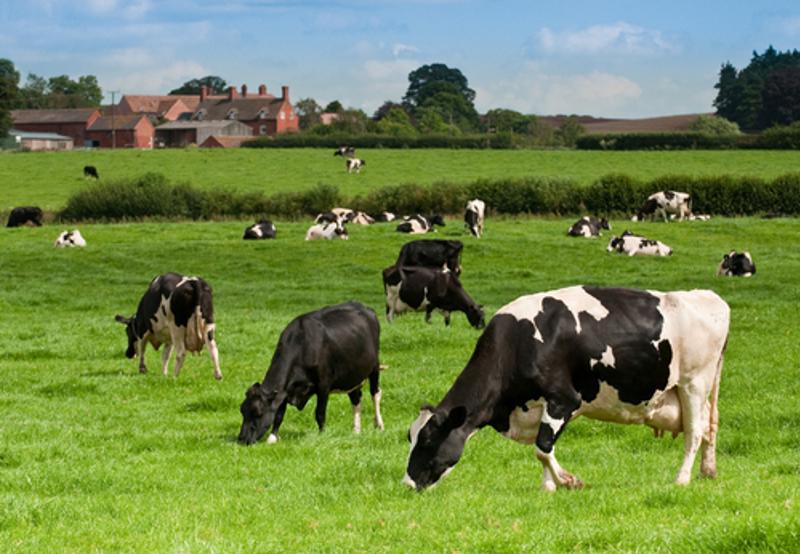But in a rare bit of good news, the rate at which prices are rising for beef appears to be slowing down, suggesting to some that consumer inflation may have reached its peak.
During August, the average price for meat on a per pound basis was $4.65, Grocery Dive reported from data released by IRI and 210 Analytics. While this average was 7.6% higher year over year when contrasted with August 2021, it's substantially lower than the rising cost of food overall (11.4%).
Typically meat is among the most expensive food items that families purchase, although costs can vary considerably depending on the type of meat as well as the cut. For most of 2022, however, price fluctuation for meat has been fairly minimal, rising just 0.4% in the in the 12 months to August for 1 pound of fresh meat. It climbed only 0.2% for a pound of fresh pork, Grocery Dive reported.

More families buying beef wholesale
One of the ways consumers are saving on beef is by buying in bulk. Jess Peterson, who serves as senior policy adviser for the trade group U.S. Cattlemen's Association, told The Washington Post that many of his clients raising cattle increasingly deal with buyers who would traditionally get their meat from their grocer. Buying wholesale allows them to save.
"With prices getting higher at the meat counter, there's definitely been more direct interest from consumers," Peterson told the newspaper. "Our price points are still less than what someone would pay at the store."
While bulk buying is up with meat producers, it remains lower than where it was during COVID. Kansas State University Agricultural Economics Professor Glynn Tonsor told The Washington Post that fears of massive food shortages throughout the pandemic spurred families to buy prodigious amounts of meat, freezing most of it for later use.
Prices for other kinds of meat, however, are skyrocketing. The average cost for a pound of poultry (chicken and turkey) in August was 18% higher than what it cost 12 months ago, Grocery Dive reported. In addition to growth in demand for chicken and poultry, flocks across the country have been decimated by bird flu. Chicken farmers in several states over the past year were forced to kill tens of thousands of chickens due the virus affecting their birds. Already limited supply has pushed prices to near all-time highs.



Post A Comment:
0 comments so far,add yours